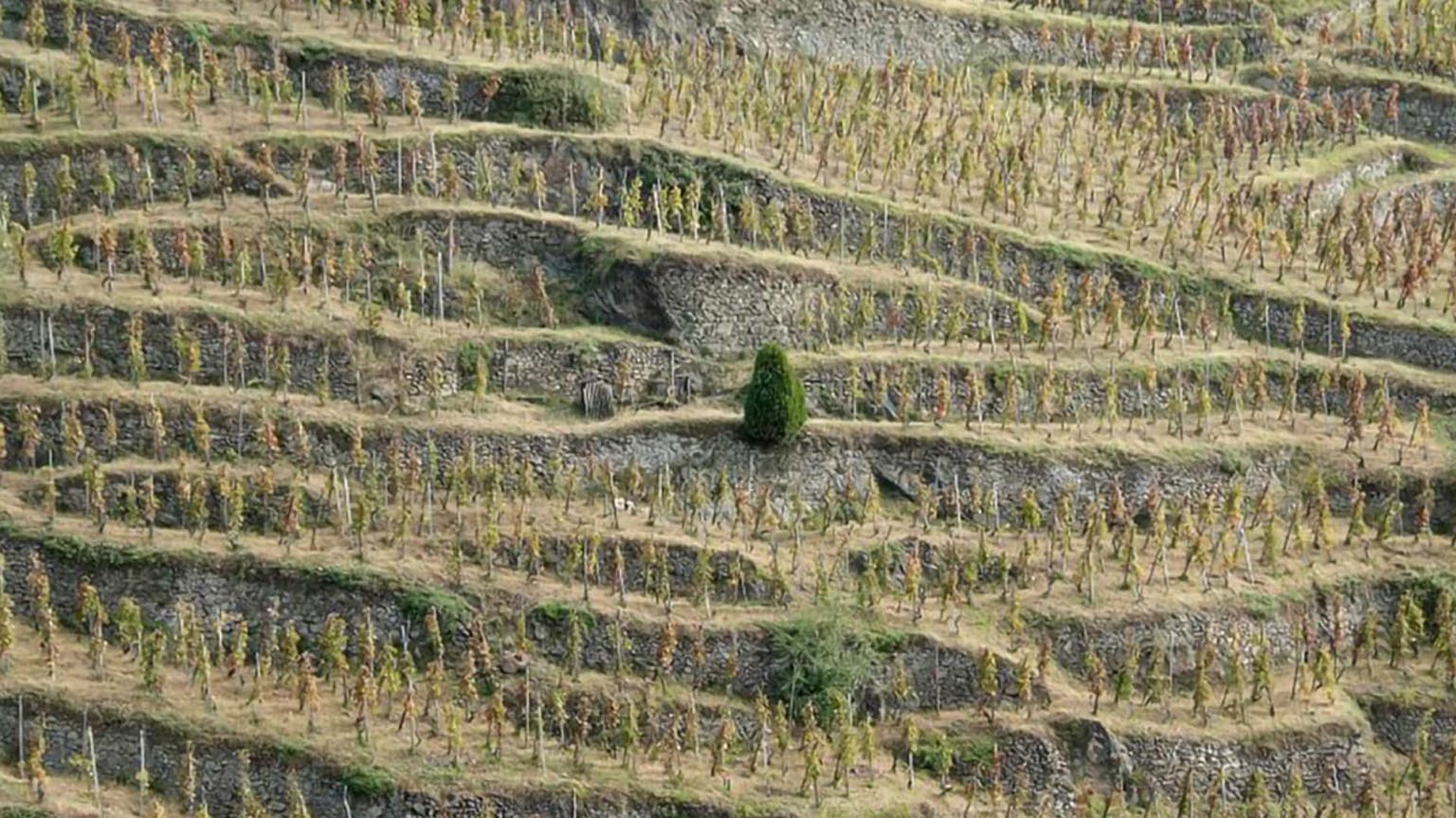The Rhône Valley has enjoyed a consistent string of vintages over the last decade or so. The Northern Rhône in particular has seen a prolific set of back-to-back vintages stretching to 2015. The Southern Rhône has managed to produce excellent wines during this time too, but yields have been badly affected in the last few years; thankfully, 2020 gave them a healthy crop.
Producers compare 2020 to 2006, 2010, 2016 and even 1990 – all memorable, age-worthy vintages with great character. Similarly, to 2016, 2020 was an “easy” growing season throughout the valley. Good rainfall at the beginning of the year set up the vines nicely for a hot, dry summer, with no mildew or rot in the vineyards.
For Ch. de Beaucastel's Marc Perrin, “It was difficult to find something wrong with the vintage.” If anything, he noted the strong winds in Châteauneuf-du-Pape, particularly in the northern part, saw high levels of evaporation, which brought greater concentration to the grapes but reduced the yields. Despite this, production levels were much higher than the challenging 2017, 2018 and 2019 vintages (with severe drought in 2019, poor flowering and huge mildew outbreaks in 2018 and frost in 2017 seeing yields badly affected in the appellation). Stéphane Usseglio noted how successful flowering was in 2020, particularly for Grenache, setting up for good yields overall.
Although the summer saw hot daytime temperatures, cool nights helped retain a noticeable freshness and balance to the wines in 2020, compared to the richer, more tannic wines of 2019, noted Perrin. There was no pressure to rush the harvest with any impending disruptions to the weather, and no serious rainfall arrived until long after everything had been picked. The higher yields and clement weather meant Usseglio could afford to wait, allowing for concentration to build up and pick at optimum ripeness.
In the Northern Rhône, there hasn’t really been a below-average vintage since 2014. Recent years have, however, seen a new normal when it comes to daytime temperatures and resulting alcohol levels (which regularly hit 14-14.5%). According to Chapoutier, though, the vines have adapted and, even with more sun intensity and higher temperatures, are consistently producing balanced wines with great acidity. While in numbers 2020 might compete with the heatwave of 2003, the resulting wines are very different thanks to the way the vines have adapted over the last 20 years. Nicolas Champagneux agrees and believes the acidities of his Côte-Rôtie are getting higher along with the alcohol, balancing the wine.
In the Southern Rhône, 2020’s alcohol levels are very similar to previous warm years but the wines, according to Usseglio, “have a better freshness”. He thinks this is thanks to the winter water reserves, helping maintain a sufficient flow of nutrients to the vines to see them through the summer. Usseglio’s vines didn’t shut down at all – something he thinks is at least in part due to his biodynamic farming. It is this practice, he believes, that has contributed to “high mineral salt concentrations, and hence more freshness and mineral structure in the wines”.
Both the whites and reds we have tried from the Northern and Southern Rhône are hard to fault. The whites from Chapoutier were exceptional. While Beaucastel’s Marc Perrin has a slight preference for the reds in the Southern Rhône, the whites we tasted were very elegant, pure, highly concentrated and beautifully balanced. The reds have fantastic richness, resolved tannins and freshness too.
For Nicolas Champagneux, 2020 is “a typical sun-blessed year” for the Northern Rhône, comparing it to 2018. “This vintage offers a nice combination of fruit purity and terroir expression with rather solid structure and good acidities,” he says. He thinks the vintage will be “long-lived, while offering enjoyable wines in their relative youth” .
For Perrin, the red wines’ balance, intensity and concentration remind him of 1990 and 2010. The wines are quite approachable, yet also have the potential for long ageing.
For Usseglio, 2020 is a “terroir-driven vintage, offering elegant, vibrant wines”. For him 2020 has “a splendid fruit purity” and “good concentration”, but is fresher, with better aromatics than recent warm vintages. “I find the wines very enjoyable. I have to say maybe a hybrid between the silky, lush fruit of the 2016 and the mineral core of the 2010.” That’s a combination that will no doubt get any fine wine collector excited. This is a vintage not to miss.
The vintage in summary
Outstanding vintage
Compared to some of the best vintages in the last 20 years – 2016, 2010, 2006, 1990
Balanced, concentrated and fresh reds
Ideal growing season saw few issues in the vineyard
Early-season rainfall kept the vines hydrated through the hot and dry summer
Cool night-time temperatures extended the ripening season, retaining plenty of acidity/ freshness in the grapes
Ambient weather throughout harvest allowed winemakers to pick at optimum ripeness
Healthy yields saw good volume and good quality grapes in both the Northern and Southern Rhône

